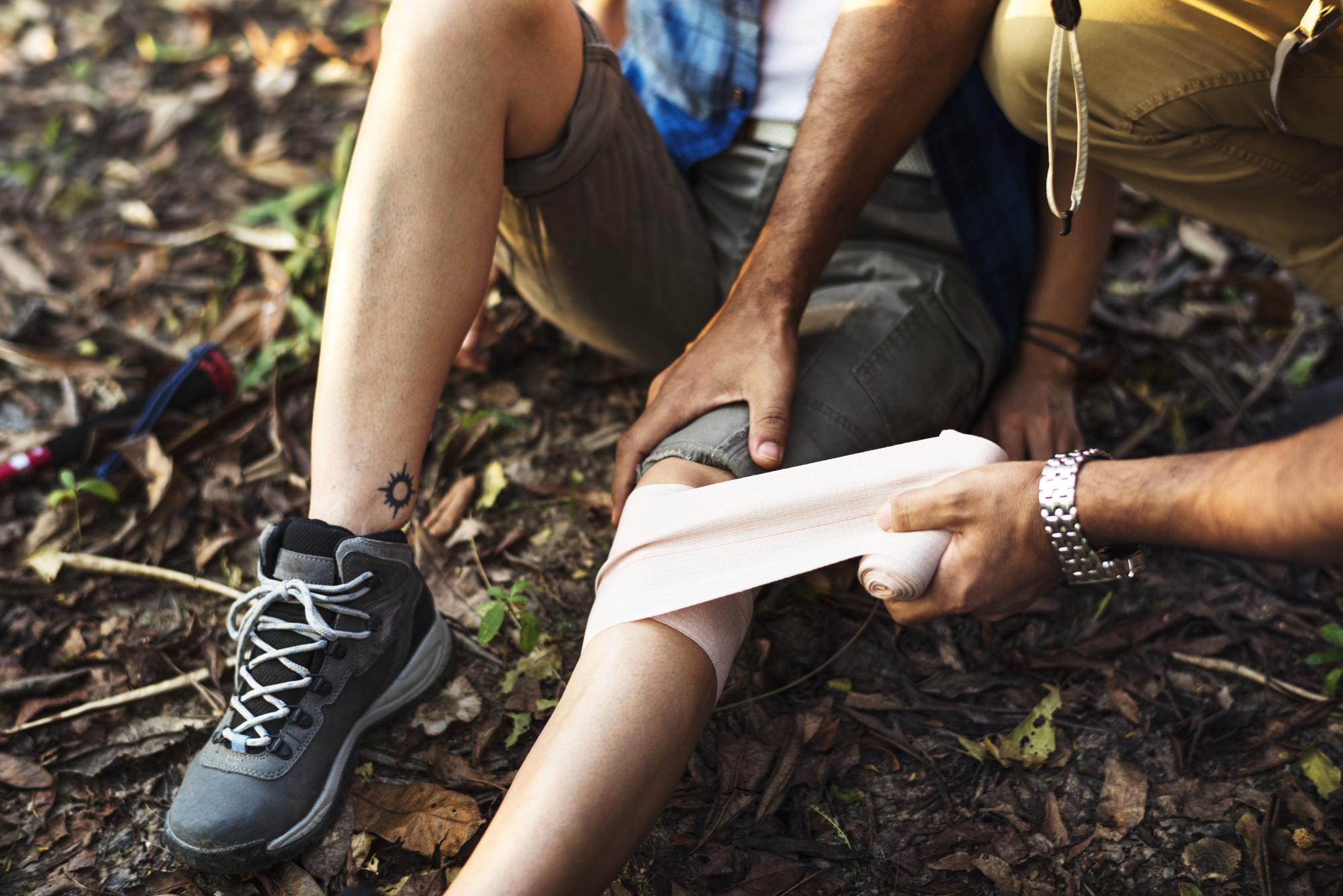Beyond Band Aid: 10 Types of Basic First Aid Treatment Everybody Needs to Know

Believe it or not, over one million burn injuries require medical attention each year in the United States. And that’s just the tip of the iceberg when it comes to the types of injuries that need some form of medical attention.
Fortunately, you don’t have to be a trained medical professional to come to the rescue. You simply need to understand a few first aid procedures that will help keep everyone safe at work or at home.
This article takes a look at 10 types of basic first aid treatments every should know. Keep reading to get the inside scoop on skills that will enable you to provide possible life-saving treatment when it’s needed most.
1. How to Stop Bleeding
Many types of injuries can lead to bleeding.
Regardless of the severity of the injury, the bleeding needs to be controlled as quickly as possible. Keep in mind that uncontrolled bleeding can lead to shock and eventual death.
The key is to apply direct pressure with a gauze or a cloth in order to stop the blood flow and help clots to form.
2. How to Administer CPR
When an individual goes into cardiac arrest, they will die if CPR is not administered on the spot.
Using a defibrillator is the best choice for saving a life, but it’s unlikely one be available in most situations. That’s why it’s so important to receive CPR training so that the victim can be kept alive until they can receive proper medical attention at a hospital.
Basic CPR treatment includes clearing obstructions from the throat and performing chest compressions. This procedure will need to be administered without delay in order to have any chance of saving a life.
3. How to Treat a Burn
Next, you’ll need to know how to treat a burn.
For chemical burns, the burn will need to be cleaned off. The heat from the burn will need to be cooled down by running cool water over the burn. Then it can be covered using soothing ointment or butter, and a gauze.
Sunburn victims need to be shielded from the sun in order to prevent the burn from becoming worse during treatment, just be careful to not break any blisters that have formed. The victim can take ibuprofen or acetaminophen for pain relief.
4. How to Do the Heimlich Maneuver
Choking is another common medical emergency. And yet very few people ever receive proper training to save a choking victim in an emergency situation.
Choking occurs when the victim’s air passage becomes obstructed by an object such as food. This will typically cause the victim to be unable to talk or breathe. The Heimlich maneuver is a simple procedure designed to dislodge the object and restore proper airflow.
You need to stand behind the choking victim and wrap your arms around them. Place a fist between the victim’s ribcage and belly button, and place your other hand over the fist. Next, deliver a quick upward thrust. Repeat as many times as necessary until the object is dislodged.
It’s important to keep in mind that the Heimlich is intended only for adults. A special technique is used to treat choking infants and children.
5. How to Treat a Bee Sting
Bees are small insects that deliver a painful sting. The inflammation resulting from a bee sting is painful and causes a number of unpleasant reactions, including cardiac arrest in certain individuals who are allergic to bee venom.
To treat a sting, you’ll first need to remove the stinger. This will prevent more venom from being delivered. Next, use an ice pack to reduce swelling and apply an antihistamine to reduce itching.
If the person is highly sensitive to the venom, it might be necessary to use an EpiPen to prevent anaphylaxis.
6. How to Treat Hypothermia
During the winter months when people are exposed to extreme cold, it becomes very possible to experience hypothermia. This is a condition where a person’s core temperature drops to a level where the brain function and musculature become seriously impaired.
The most important part of treating hypothermia is to get the victim warm as quickly as possible. Wrap them in a blanket and move them to a warm place. Remove any wet clothing, and give them a hot drink to help elevate their core temperature.
7. How to Stop a Nosebleed
Nosebleeds can happen naturally or due to being hit in the nose. Have the victim lean back, and pinch the nose just below the bridge. Just be sure to not pinch the nostrils closed. If the bleeding hasn’t stopped within five minutes, continue pinching. Applying a cold pack to the bridge of the nose is also helpful.
8. How to Treat an Ankle Fracture
Bone fractures are extremely painful. The key to treating a fracture is to never attempt to straighten it. Focus on stabilizing the limb with a split and padding. Then apply a cold pack without placing it directly on the skin. Now elevate the extremity, provide anti-inflammatory drugs, and make sure the injury gets X-rayed as soon as possible.
9. How to Treat a Sprain
Sprains often happen while hiking or playing sports. This type of injury should be treated as you would a broken bone. Be sure to immobilize the limb. Apply a cold pack and elevate the extremity. Then take anti-inflammatory pills and see your doctor for further treatment.
10. How to Treat Frostbite
Frostbit occurs due to exposure to extreme cold. This is a condition where the body’s tissues actually freeze, causing ice crystals to form within the tissue and damage cells.
Treatment for frostbite requires gradual warming. This means getting out of the cold area and then warming the body as slowly as possible. Keep in mind that this process is best performed by trained professionals at a medical facility.
A Guide to Basic First Aid Treatment
Injuries are a part of life. After all, accidents happen every day. Fortunately, this guide to basic first aid treatment will help you be prepared when emergencies arise.
Keep scrolling to discover more useful lifestyle tips and advice.



